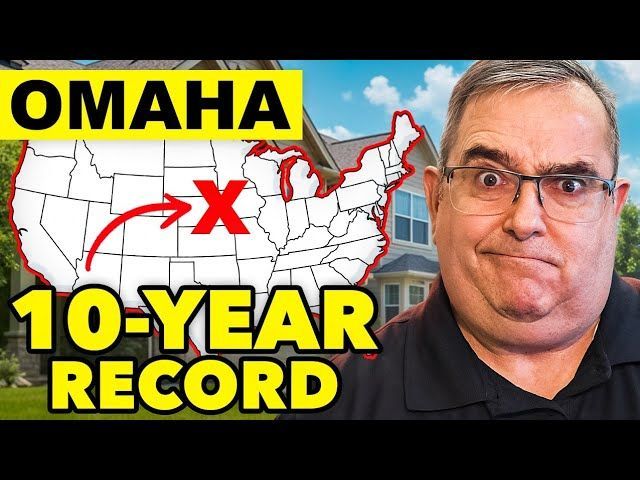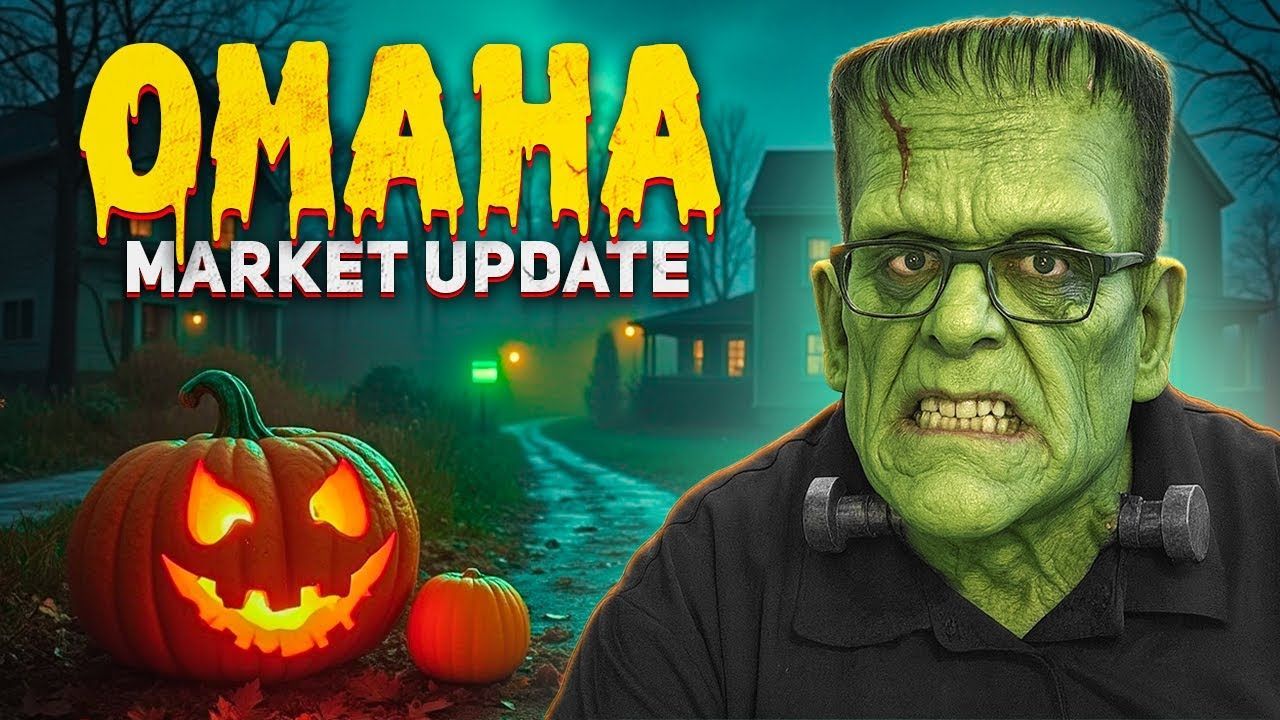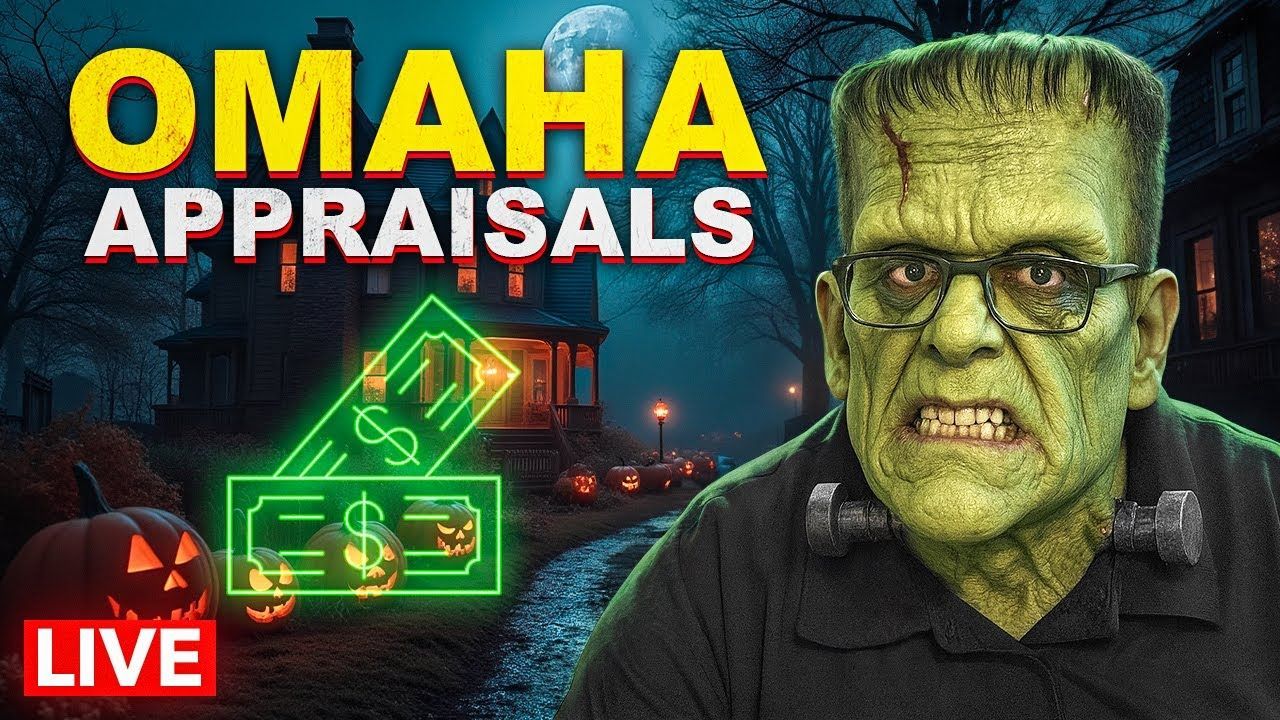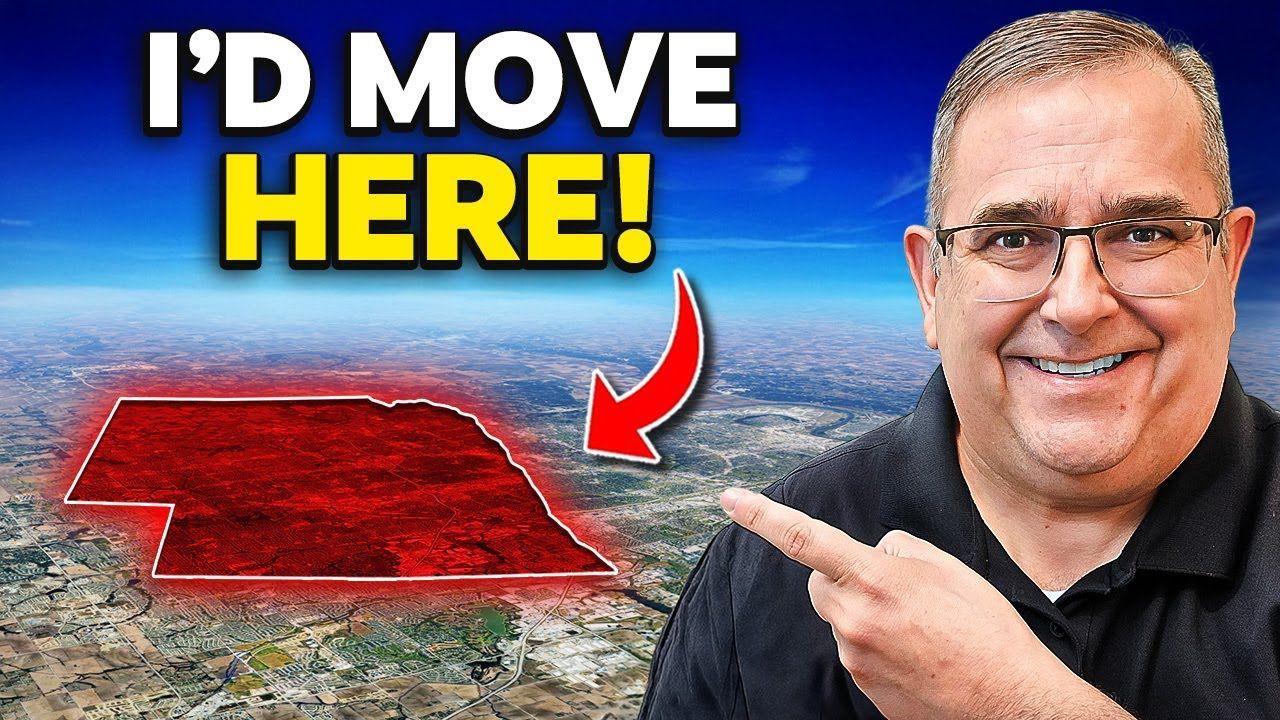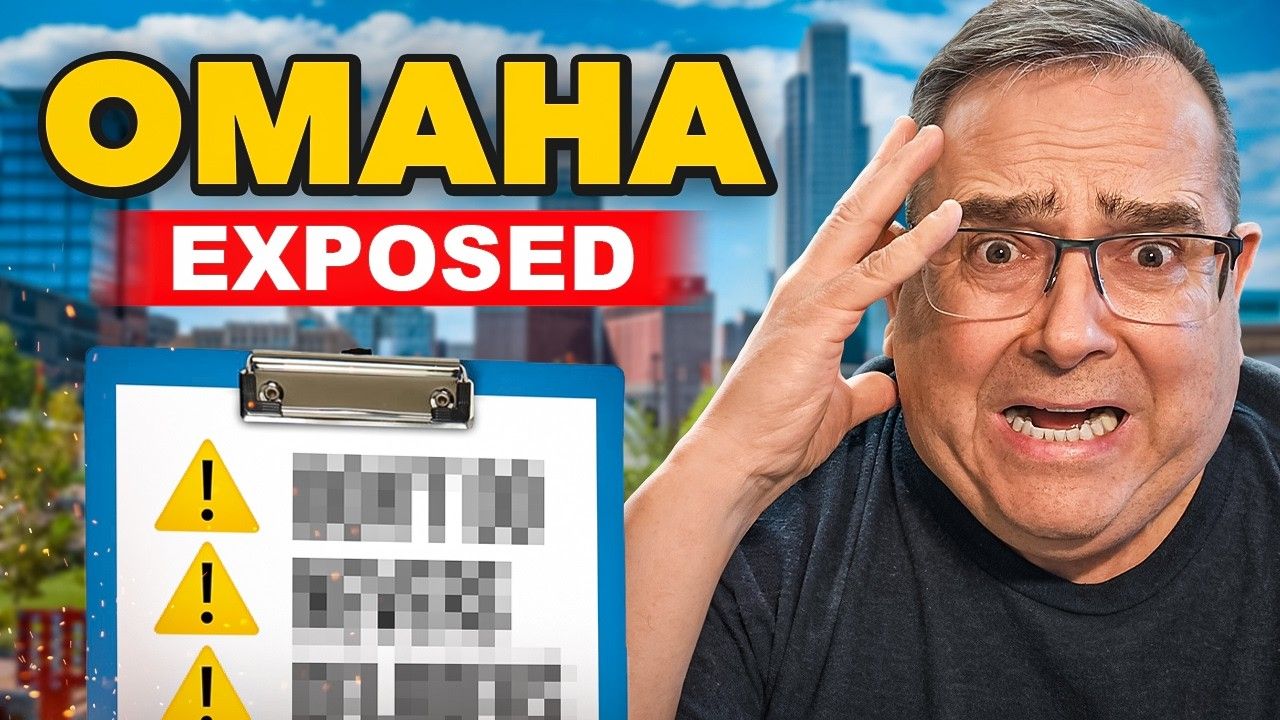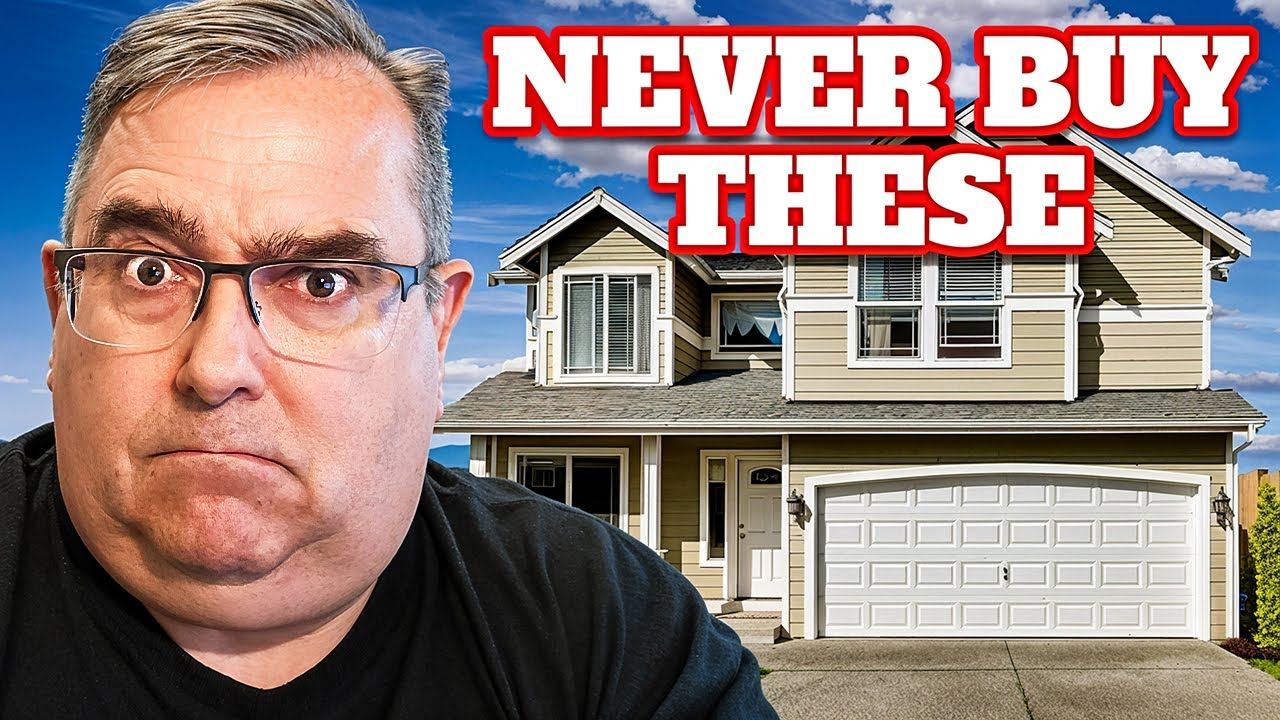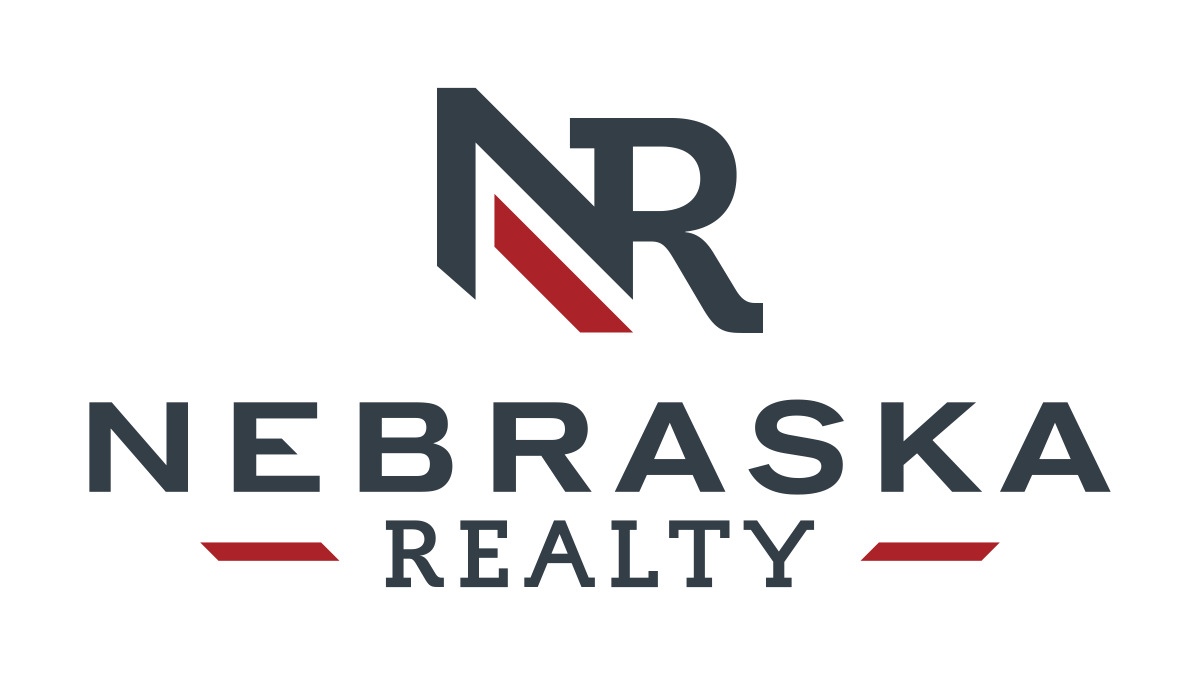Omaha Home Inspection: Hidden Dangers Every Buyer Needs to Know
When you schedule an Omaha home inspection, you are buying more than a report — you are buying a clearer picture of the risks and maintenance the property will require. I talk to buyers every week who are shocked by what’s hiding behind walls, in attics, and under floors. This article distills the most important things I discuss with clients and with Bob Corsini, a seasoned home inspector who performs hundreds of inspections across the metro. If you want to reduce surprises at closing and avoid expensive repairs, read on for practical guidance on the Omaha home inspection process and the common problems we see.
Table of Contents
- Why an home inspection matters
- What surprises buyers most: Maintenance and ongoing costs
- Climate, humidity, and winter problems
- Radon: the invisible, radioactive risk
- Foundations and structural issues: what inspections reveal
- Basement seepage, drainage, and finishing risks
- Flips and shortcuts: how to spot poor renovations
- Sewer scopes
- HVAC, water heaters, and planned obsolescence
- Windows, noise, and insulation considerations
- Smoke detectors, carbon monoxide, and life-safety items
- Home Inspection Cost
- How I approach a property visually before I even start a home inspection
- Final advice for buyers in today’s market
- Omaha home inspection checklist to bring to every showing
- FAQs about a home inspection
- Where to go from here
Why an home inspection matters
A well-done Omaha home inspection lowers your risk. It does not eliminate risk. Think of an inspection as preventive medicine: it identifies current defects, hidden conditions, and maintenance needs so you can budget, negotiate, or walk away before you inherit a problem. I’ve seen buyers skip inspections to “win” a competitive offer and then pay tens of thousands after closing. That is rarely a good gamble.
Every home inspection should uncover three categories of findings: safety issues that must be addressed now, major defects that will cost significant money, and normal maintenance items that will cost time and money over the coming years. Knowing which bucket an issue falls into changes how you negotiate and plan.
What surprises buyers most: maintenance and ongoing costs
Buyers commonly underestimate the ongoing cost of ownership. Older homes especially demand a maintenance budget. If you are not handy, every small task—from replacing downspout extensions to patching caulk—becomes a contractor call. A home inspection will highlight maintenance responsibilities so you can decide if the home matches your lifestyle and budget.
Climate, humidity, and winter problems
Our climate swings from hot, humid summers to brutally cold winters. That freeze/thaw cycle creates issues many buyers don’t expect. During extended subzero weeks, indoor humidity that is normally comfortable can condense on windows, in attics, and even on ceilings. I’ve been called for emergency moisture reports when a homeowner ran a humidifier at 40 percent while it was 30 below outside — the result was condensation, attic moisture, and ceiling stains.
When planning for an Omaha home inspection consider indoor humidity management as a seasonal task. A single humidity setting does not work year-round. The colder it is outside, the lower you should set your humidistat. Humidistats often include guidance: for example, around 20 percent at 10 degrees Fahrenheit but down near 10 to 12 percent if it is minus 30.
Simple winter humidity tips
- Use bath fans and vent them to the exterior whenever you produce moisture inside.
- Watch windows: condensation on the inner base of a window is a reliable sign you have enough humidity.
- Lower humidistat settings during deep cold snaps to prevent attic and window condensation.
Radon: the invisible, radioactive risk
Radon is one of the most important topics in any home inspection. Radon is a naturally occurring gas produced by decomposing rock and soil. You cannot see, smell, taste, or feel radon. The EPA recommends mitigation when indoor radon is at or above 4.0 picocuries per liter. The lower you can get radon, the better — modern mitigation systems can routinely lower levels below 1.0 picocurie per liter, which is near outdoor air quality.
Radon attaches to microscopic particles that, when inhaled, lodge in lung tissue and increase lung cancer risk. In Omaha and much of the Midwest radon prevalence is higher than many coastal areas, so testing is essential. An Omaha home inspection should always include radon testing if your contract or local norms require it.
Key radon takeaways
- Test every home. You cannot predict levels from age, style, or whether the house is a walkout.
- Mitigation is highly effective and relatively straightforward: a suction fan, vent pipe, and sealed entry points create negative pressure and keep soil gas out.
- New construction may include a passive radon system; always test passive systems since many do not meet the mitigation threshold without an active fan added.
Common radon myths and facts
Over the years I have heard every radon myth. Here are some to ignore and the facts to remember.
- Myth: Radon is always higher in winter. Fact: Radon fluctuates slightly but not wildly. Seasonal variance is minor; retest every two years per EPA recommendations.
- Myth: Nearby homes’ mitigation systems predict your radon. Fact: Radon depends on the soils directly under your home. Houses next door can have very different readings.
- Myth: Walkout basements or 100-year-old homes are guaranteed to have high radon. Fact: Neither age nor basement type predicts radon. Test the house itself.
Radon testing options: DIY kits vs professional continuous monitors
Homeowners can buy charcoal DIY radon kits from home centers that give a 90-day profile when shipped to a lab. They are accurate and useful for personal checks. For real estate transactions local licensing and chain-of-custody rules often require continuous electronic monitors operated by a licensed tester. The advantage of professional monitors is they log time, detect disturbance, and cannot be easily fudged the way a kit can be moved or left outside for part of the interval.
Cost: Expect about $125 for a professional radon test in our market. DIY kits often cost about the same once you add the lab fee and shipping, but they are not accepted in many real estate transactions.
Foundations and structural issues: what inspections reveal
Foundations in Omaha present a range of findings based on age, soils, and maintenance. We commonly see:
- Poured concrete wall cracks. Cracks smaller than a quarter on edge are often cosmetic. Wider cracks need further evaluation.
- Masonry block movement. Uneven mortar joints and separated blocks indicate settlement or expansive soils.
- Bowing walls caused by expansive clay soils that absorb moisture and push outward during freeze cycles.
If a foundation shows movement, I typically recommend an evaluation by a foundation professional or structural engineer. Even when repairs are required they are often manageable, but costs can escalate for deep structural fixes.
How inspectors decide if a crack is a big deal
- Measure crack width. Wider than a quarter on edge in a poured wall signals concern.
- Check for recent movement. Fresh, offset, or misaligned mortar joints in block walls indicate ongoing settlement.
- Consider context. A 100-year-old foundation that has been stable for decades is different from fresh or shifting cracks.
Basement seepage, drainage, and finishing risks
Basement water is one of the most costly surprises. Older homes often lack perimeter drain systems, sump basins, or proper vapor barriers. These basements were originally intended for storage. When owners finish the lower level without addressing hydrostatic pressure or water infiltration, moisture gets trapped behind drywall and carpet, increasing the risk of mold and costly remediation.
If you plan to finish a basement, budget for perimeter drainage, a sump basin with a pump, and a wall vapor barrier. Installing these retrofits before finishing often costs between $8,000 and $18,000 depending on the scope. That expense is worth addressing proactively rather than repairing a finished basement with ongoing water intrusion.
Flips and shortcuts: how to spot poor renovations
Not every flip is handled properly. The most telling signs of a rushed or homeowner-done renovation are often electrical issues. Look for:
- Open junction boxes and missing cover plates.
- Wires stapled to the bottom of joists instead of run through drilled holes.
- Double-tapped breakers inside the panel or loose grounds.
Electrical mistakes are safety hazards and immediate red flags during an Omaha home inspection. I typically recommend a licensed electrician evaluate any questionable electrical work before closing.
Sewer scopes
Only a plumber with a camera can inspect the lateral sewer line from the house to the street. I recommend sewer scopes frequently because older cast iron and clay lines can fail without outward signs. Roots, corrosion, and corrosion wear from high volumes of water can reduce a pipe to nearly nothing while the system still drains.
A root-infested or worn-out sewer can cost $10,000 to $20,000 to replace. Even new construction can have issues if the pipe bedding or slope is incorrect. During an Omaha home inspection the presence of old large trees in the yard and cast iron transitions are flags that prompt a sewer scope recommendation.
HVAC, water heaters, and planned obsolescence
Age is the top factor with HVAC equipment. Furnaces over 20 years old warrant a budget for replacement and a heat exchanger evaluation. Heat exchangers can crack and lead to carbon monoxide hazards, and that test is a specialty procedure outside the standard inspection scope.
Manufacturers are not building systems to last 40 years like older units sometimes did. Expect air conditioners and furnaces to be on a 15 to 20-year replacement cycle in many cases. Water heaters now average 15 to 18 years. When you see equipment that is decades old during an Omaha home inspection, plan and budget accordingly.
Windows, noise, and insulation considerations
Window choice affects energy, noise, and performance. In general:
- Stationary windows offer the best noise reduction and insulation.
- Casement windows are tighter than double-hung windows.
- Sliding windows typically have the most air infiltration and are least effective for noise control.
High-end triple-pane windows are rare in our market compared to colder northern climates, but they are an option if you want maximum performance and low noise. An Omaha home inspection will highlight window condition, operation, and whether trim and sashes have been properly finished to prevent decay.
Smoke detectors, carbon monoxide, and life-safety items
Smoke detectors age. Yellowed plastic is not just cosmetic: it signals aging sensors. The recommendation is to replace smoke detectors older than 10 years. Pushing the test button only confirms the alarm circuitry, not the detector’s sensitivity in an actual fire condition.
Modern life-safety practice recommends combination smoke and carbon monoxide detectors in every bedroom and sleeping area. During an Omaha home inspection I often recommend upgrading older systems to ensure occupant safety.
Home Inspection Cost
Inspection fees vary by the size and complexity of the home. Typical ranges in our market are:
- Smaller homes under 1,200 square feet: around $395.
- Mid-size homes: often in the $400 to $700 range depending on features and included services like thermal imaging.
- Large custom homes: $700 and up, sometimes much more for very large estates that take a day or more to inspect.
Radon tests are commonly priced around $125. A sewer scope by a plumber is an additional fee. Ask what the inspector includes: thermal imaging, drone roof inspection, in-person explanation at the end of the inspection, and whether the inspector personally attends or delegates to less experienced staff. Experience matters. The more inspections a professional has done, the more patterns and subtle signs they recognize.
How I approach a property visually before I even start an Omaha home inspection
When I pull into a driveway I already start an assessment. I look at landscaping, graded slopes, downspout extensions, exterior paint condition, window types, and the neighbors’ grading. These external clues tell me about maintenance habits and immediate concerns like poor drainage, overgrown vegetation touching siding, or missing downspout extensions that can saturate soils near the foundation.
A manicured exterior is not a guarantee, but it often correlates with fewer deferred maintenance issues. Conversely, worn paint, missing extensions, and vegetation growth near the home should raise your attention during an Omaha home inspection.
Final advice for buyers in today’s market
We can fix almost any defect with time and money. The question is the cost, timing, and whether the buyer is comfortable carrying the risk. In tight markets buyers sometimes accept more risk. That is a personal decision, but you should make it with full information from a qualified inspector.
Before making an offer, ask about the age of the roof, furnace, air conditioner, water heater, and the presence of radon testing or mitigation. Use this information to narrow properties so the inspection can be decisive and not full of deal-breaking surprises.
Omaha home inspection checklist to bring to every showing
- Check exterior grading and downspout extensions
- Note the roof condition and signs of patching or age
- Ask the seller or agent the ages of furnace, AC, water heater, roof
- Look for visible foundation cracks or bowing walls
- Check attic ventilation, insulation, and wiring condition
- Look for knob-and-tube wiring in older attics
- Identify large trees near sewer lines that can cause root intrusion
- Ask about radon testing history and whether a passive mitigation stack exists
- Plan for a sewer scope if the home is older or has cast iron piping
- Confirm smoke and carbon monoxide detector placement and age
Questions I get most often during a home inspection
Buyers ask the same practical questions over and over. I address them thoroughly during every inspection because an informed buyer makes better decisions.
How often should I test for radon in my home?
Retest every two years is an EPA recommendation. If you have mitigation in place, test after installation and periodically thereafter to confirm the system is functioning. Seasonal variations are minor, so routine checks give confidence.
Does a passive radon system in new construction mean I do not need a radon test?
No. Passive systems should be tested. Many passive stacks do not achieve the mitigation threshold without a fan. A test confirms whether the passive system is sufficient or if an active fan is needed.
What is the average life expectancy of HVAC equipment and water heaters?
Modern furnaces and air conditioners typically last 15 to 20 years depending on maintenance. Water heaters average 15 to 18 years. Expect to budget for replacement when equipment is older than these ranges.
When should I recommend a sewer scope?
When the house is older, has cast iron piping, has large older trees nearby, or when the lateral has not been inspected previously. Also consider a scope when a property will be used by a higher-usage household, such as a growing family.
Are DIY radon kits reliable?
Yes, charcoal and long-term lab kits are reliable for personal testing. For real estate transactions many inspectors and agencies require professional continuous monitors due to chain-of-custody and tamper evidence.
How do I decide whether to walk away from a house after an inspection?
Evaluate safety items, major structural or mechanical defects, cost of repairs, and your comfort with managing them. Use inspection findings to negotiate repairs, credits, or to decide if the home is not a good fit.
Do inspectors climb every roof?
Not always. Inspectors will climb walkable, safe roofs. Drones and binoculars are used for steeper pitches. Ask what tools the inspector uses, such as drones and thermal cameras, which increase the inspection’s thoroughness.
What should I budget immediately after closing?
Budget for routine maintenance and potential replacements of major systems based on their age: roof, HVAC, water heater, and any recommended upgrades like drainage or radon mitigation. A contingency fund of several thousand dollars is prudent.
Where to go from here
When you are ready to buy or want a pre-listing check, choose an inspector who will explain findings in plain language, show evidence with photos and thermal images, and spend time educating you about long-term maintenance. A home inspection done right gives you control and confidence. If you’d like a checklist or relocation guide for moving to Omaha, download my FREE relocation guide here and start planning with clarity. Have questions? Reach out anytime — I’m here to help make your move seamless.
Read More: Omaha Housing Market: October Signals, What Changed, and Why Buyers Should Pay Attention
DAVID MATNEY
David Matney is a trusted Realtor® and local expert with over 20 years of experience in Omaha’s real estate market.


